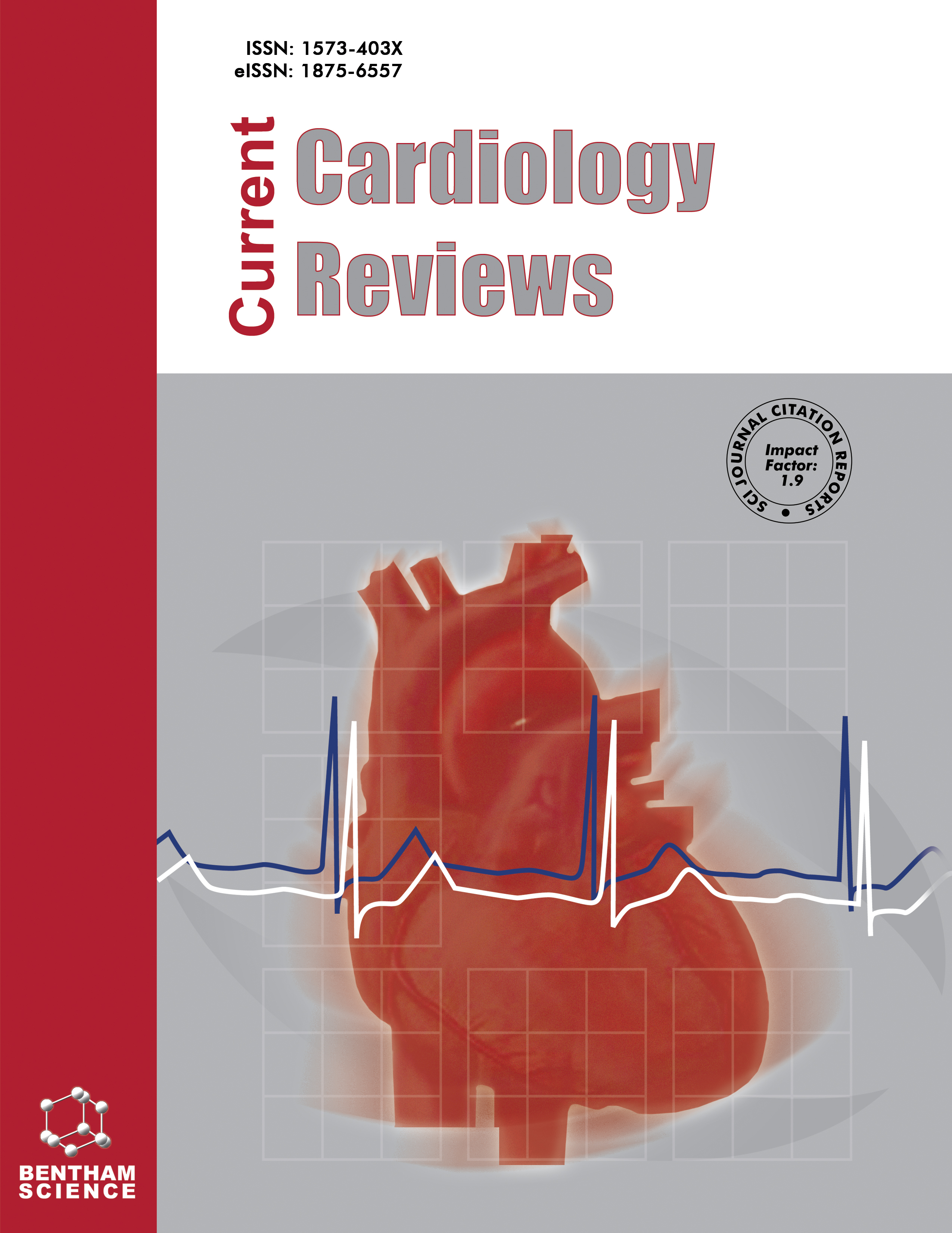
Full text loading...
We use cookies to track usage and preferences.I Understand
Atherosclerosis is a chronic disease caused by the accumulation of lipids, inflammatory cells, and fibrous elements in arterial walls, leading to plaque formation and cardiovascular conditions like coronary artery disease, stroke, and peripheral arterial disease. Factors like hyperlipidemia, hypertension, smoking, and diabetes contribute to its development. Diagnosis relies on imaging and biomarkers, while management includes lifestyle modifications, pharmacotherapy, and surgical interventions. Computational biology is transforming biological knowledge into clinical practice by identifying biomarkers that can predict clinical outcomes. This involves omics data, predictive modeling, and data integration. Statistical analysis-based methods are also being developed to develop and integrate methods for screening, diagnosing, and prognosing atherosclerosis.
The present work aimed to uncover critical genes and pathways to enhance the understanding of the mechanism of atherosclerosis. GSE23746 was analyzed to find differentially expressed genes (DEGs) using 19 control samples and 76 atherosclerotic samples.
A total of 76 DEGs were identified. Analysed DEGs using Gene Ontology (GO) and Kyoto Encyclopaedia of Genes and Genomes (KEGG) to generate enrichment datasets. A Protein-protein Interaction (PPI) network of DEGs was created utilizing the Search Tool for the Retrieval of Interacting Genes (STRING).
Ten hub genes, namely EGR1, PTGS2, TNF, NFKBIA, CXCL8, TNFAIP3, CCL3, IL1B, PTPRC, and CD83, were found to be significantly linked to atherosclerosis. Furthermore, the metabolic pathway analysis through KEGG and STRING provides potential targets for therapeutic interventions through HUB genes to diagnose the illness at an early stage, which aids in the reduction of cardiovascular risk. From risk factor profiling to the discovery of novel biomarkers, several components such as phospholipids, ANGPTL3, LCAT, and the protein-encoded OCT-1 gene, play a vital role in crucial processes. These compounds are potential therapeutic targets for early diagnosis of atherosclerotic lesions and future novel biomarkers.

Article metrics loading...

Full text loading...
References


Data & Media loading...

